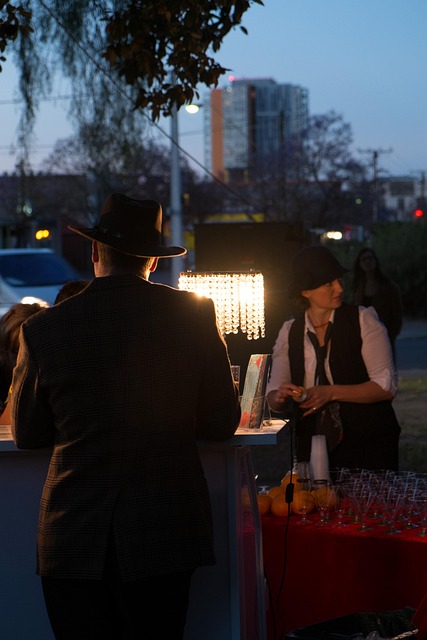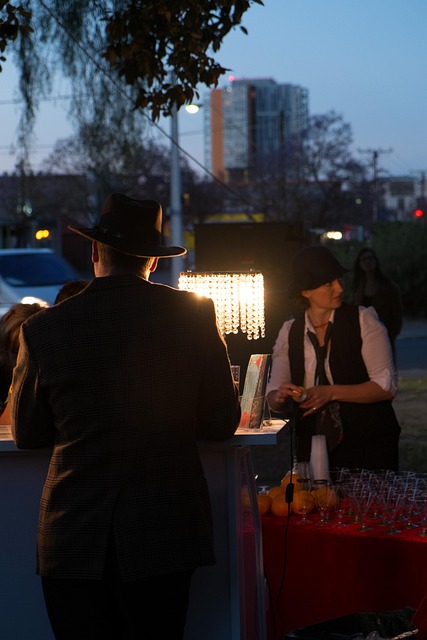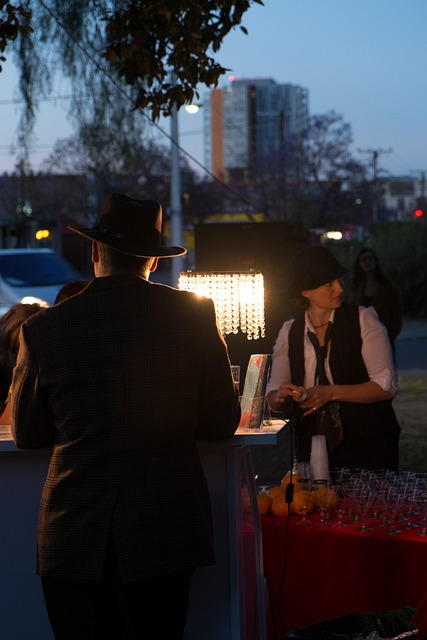Oregon's Temperance Movement led to successful dry laws and Prohibition era enforcement, influenced by religious diversity and local activism. Lane County implemented a comprehensive strategy with raids, patrols, and public education to combat illegal alcohol sales. The era left an indelible cultural mark with speakeasies, bootleggers, and a legacy of strict prohibition law enforcement.
“Explore the captivating history of Lane County, Oregon, during the Prohibition era through a lens of temperance movements. This article delves into the state’s pioneering role in alcohol reform, examining strategies employed by local activists and authorities in enforcing the ban. Discover the social dynamics and challenges faced by these advocates, their lasting cultural impact, and how the era shaped Oregon’s identity as a dry state. Uncover the intricate tapestry of this historical period, highlighting its unique place in the nation’s Prohibition law enforcement narrative.”
- Historical Context: Oregon's Temperance Movement
- Prohibiton Law Enforcement Strategies in Lane County
- Social Impact and Challenges Faced by Activists
- Legacy of the Prohibition Era in Local Culture
Historical Context: Oregon's Temperance Movement

Oregon’s Temperance Movement was a significant social and political force during the late 19th and early 20th centuries, leading up to and through the Prohibition era. The state’s history is marked by a strong desire to limit alcohol consumption, reflecting a broader national trend fueled by religious beliefs, public health concerns, and moral reform movements. This movement gained momentum in the 1850s, long before the federal government passed Prohibition laws in 1919.
The early efforts focused on local and state levels, with Oregonians advocating for stricter liquor regulations and eventual prohibition through various means, including public rallies, petitions, and lobbying. These activities laid the groundwork for the successful implementation of dry laws across much of the state by the turn of the century. The context of Oregon’s temperance movement was deeply influenced by its cultural and religious diversity, with groups like Methodists, Presbyterians, and other Protestant denominations playing a pivotal role in shaping public opinion and driving legislative change regarding prohibition law enforcement in Oregon.
Prohibiton Law Enforcement Strategies in Lane County

In Lane County, Oregon, during the Prohibition era, law enforcement strategies were instrumental in combating illegal alcohol sales and consumption. The county adopted a multi-pronged approach, leveraging both local and state resources to enforce the ban. This involved frequent raids on suspected speakeasies, closely monitoring transportation routes for illicit liquor, and utilizing informants to gather intelligence on bootleggers’ operations.
Local law enforcement agencies, with the support of state troopers, conducted regular patrols and inspections of businesses, homes, and vehicles to deter and catch those engaged in illegal alcohol trade. The strategies also included public education campaigns to raise awareness about the dangers of alcohol and the legal consequences of violation, further reinforcing the seriousness of Prohibition laws in Lane County, Oregon.
Social Impact and Challenges Faced by Activists

The temperance movements in Lane County, Oregon, during the Prohibition era had a profound social impact and presented numerous challenges for activists. The push for alcohol prohibition was driven by moral and health concerns, with many believing that the elimination of liquor would lead to improved public morals and reduced crime rates. However, this idealistic goal often clashed with reality.
Activists faced an uphill battle against deep-rooted cultural norms and a black market economy that thrived on illegal liquor sales. Despite their efforts in enforcing prohibition laws, Oregon’s remote regions, including Lane County, proved challenging for authorities to monitor effectively. Secret speakeasies and clandestine distilleries operated under the radar, undermining the activists’ mission. These challenges underscored the complexity of implementing and sustaining a dry county during this era.
Legacy of the Prohibition Era in Local Culture

The legacy of the Prohibition era left an indelible mark on Lane County, Oregon’s local culture and history. This period shaped the community’s relationship with alcohol regulation and left a lasting impact that is still visible today. The strict enforcement of prohibition laws in Oregon created a unique social atmosphere where resistance and conformity coexisted.
The era fostered a sense of community among those who advocated for temperance, but it also sparked underground activities and a thriving black market. The methods used to enforce prohibition law—both federal and local—became part of the county’s oral history, with tales of speakeasies, bootleggers, and the occasional violent clash echoing through generations. This era’s cultural heritage continues to intrigue historians and enthusiasts, offering insights into Oregon’s past and its enduring fascination with the role of government in regulating personal choices.
